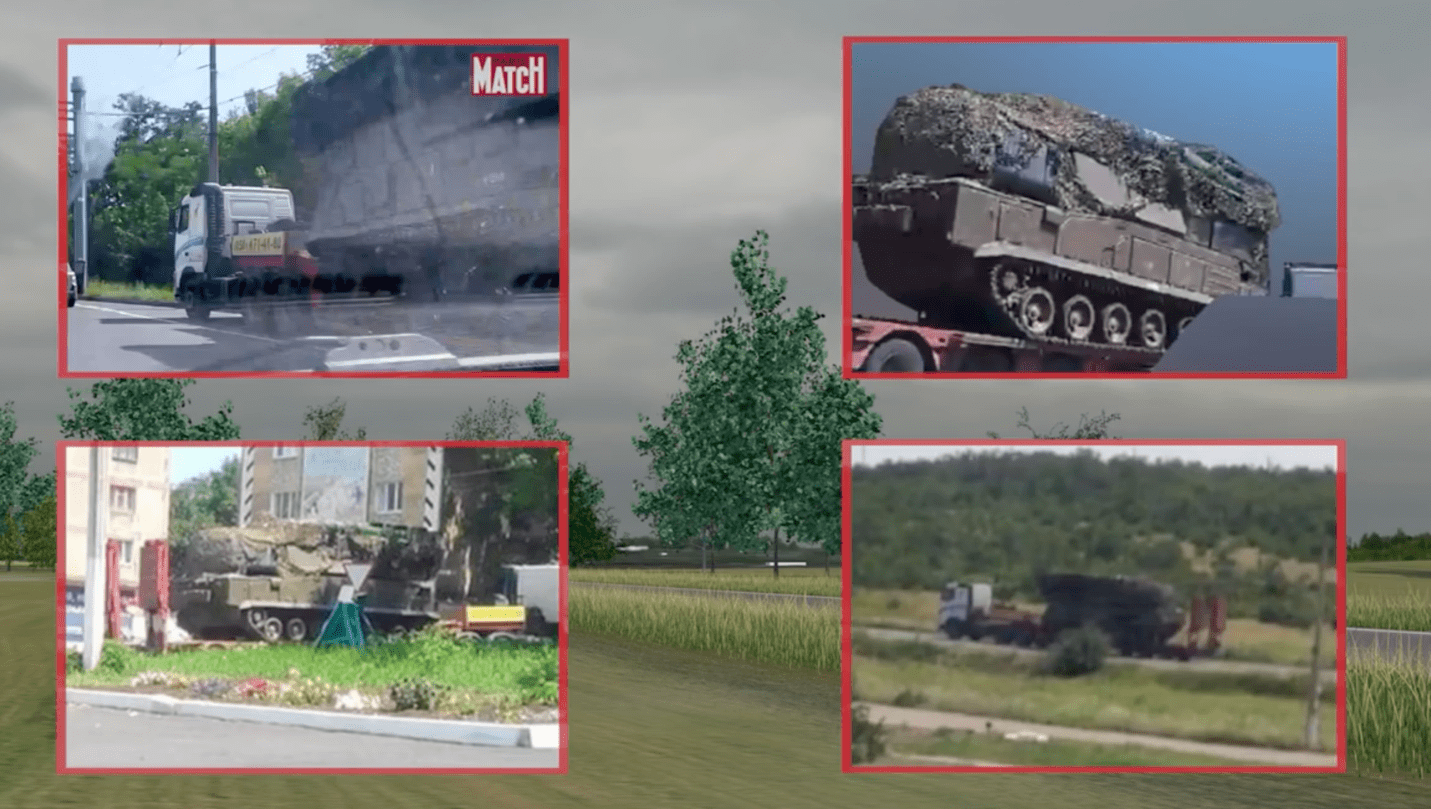Enlight Studies together with Utblick Göteborg start an article exchange collaboration as a testimony of mutual learning, practice exchange, and stimulating analytical thinking.
By:Albert Vollebergh.Originally published at Utblick
On January 8th a Ukrainian flight was shot down above an Iranian airbase, adding fuel to the prolonged crisis between Iran and the United States. Within a day of the crash, a video circulated on the internet showed the alleged missile, that would prove that the aircraft was indeed shot down. Bellingcat jumped on the video and was quickly able to prove the whereabouts of the launching site. The next day the Iranian government admitted that the missile was fired due to a human flaw.
It was not the first time a civilian aircraft was shot down. In 2014, Malaysian Airlines flight MH17 was downed by a Russian BUK rocket. The plane was shot down over pro-separatist territory in Ukraine. It killed 200 passengers, the majority of which were Dutch, Malaysian and Australian citizens. After some investigation, it became clear the rocket came from Russian territory, which happened in coordination with the Kremlin. President Putin denounced the allegations and argued that the crash was the fault of the Ukrainians, a consequence of the conflict. The Americans disagreed, based on their estimates, the rocket could not have been used by the pro-Russian separatist. Foreign Secretary John Kerry argued that the separatists did not possess these weapons nor the know-how. There was no conclusive proof that the Russians had downed the plane.
A more conclusive answer came from Bellingcat. They were the first to provide an answer to what had caused the tragic event. The international collective of researchers used open-source data to retrace the missile from Russia to Ukraine and back. These sources include; scanning videos and pictures shared on social media, using Google Street View and flight trackers. By doing so, Bellingcat was able to provide the public with important answers on this international crime.
One of such was the identity of the operatives in Ukraine. The Dutch-led Joint-Investigation Team (or JIT) watched in astonishment at how this small organization had done their work for them. The JIT ultimately used many of Bellingcat’s resources. Through verification, the JIT was able to make a case for an international investigation and request extraditions for hearings. These have not been approved.
Employing this method, Bellingcat has provided many other revelations. They are also able to follow international criminals, support Interpol’s efforts in fighting child abuse and investigate cases of human rights violations in the Middle East. For example, the chemical gas attacks in Syria in 2017 were hard to prove due to the hazardous environment that it brought on. However, with the Bellingcat technique, they were able to map out Russian attacks in Syria and store them in the Syrian Archives. This is not done in solitude. Bellingcat uses social media for support. Globally people join their efforts, providing them with the necessary technical and language expertise, and also on-ground data.
The organization can be understood as a cooperation with the power of the internet. As the amount of information on the internet increases, so do the number of false claims, manipulation of videos and framing of issues. With the Bellincat method, people are able to verify facts themselves using trusted sources. It is a pleasant divergence from the current narrative of fake news and increasing polarization. Everyone can use these means to investigate their government and international crimes. Nevertheless, it does require some time investment. The burden of proof is exceptionally high. Investigators have to substantiate their findings with good sources and plausible inference. The internet rigorously checks the information and builds on it. The result is a transparent process, which differentiates it from more traditional investigative journalism.
Currently, the organisation established a new office in the Hague, where it works with the International Criminal Court to increase efforts on international prosecution. For the prosecution, open-source data is often not sufficient. Bellingcat hopes that these hurdles will be overcome so that evidence can be integrated into the international court system. The organisation further hopes to become financially independent by providing courses in the “Bellingcat method”. In their ambition to become a larger organisation, now operating in two countries, Eliot Higgins and founder said in the Dutch paper NRC: “We want to conquer to the Netherlands.” With a growing organisation and the internet on their side, they might stand a chance.
Dedicated to the truth? Have a look at their website at Bellingcat.com.









